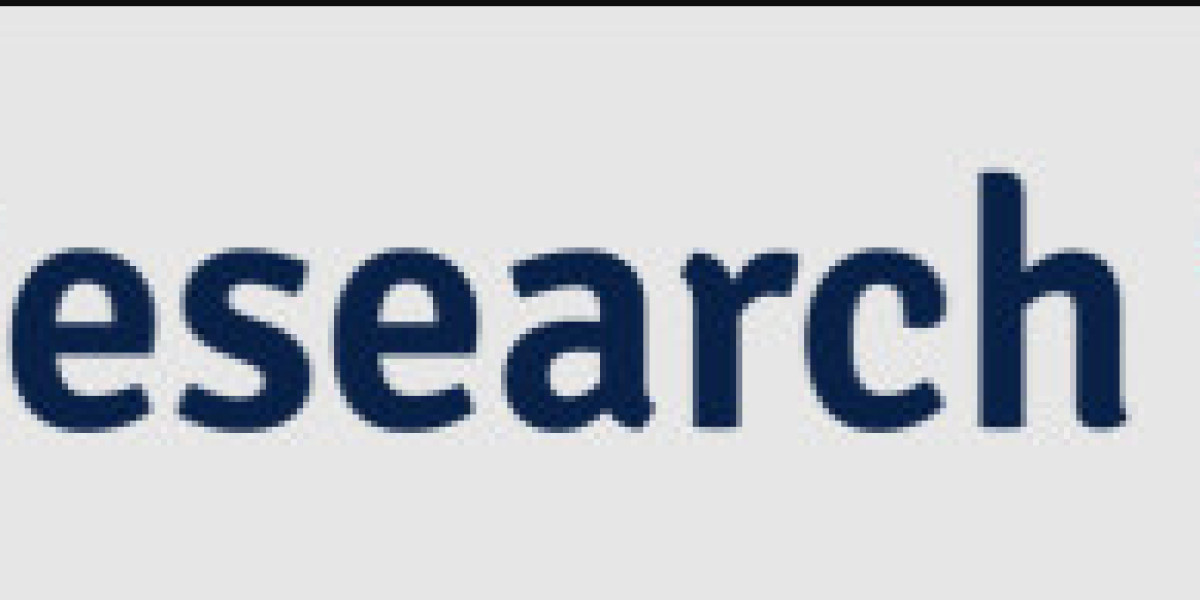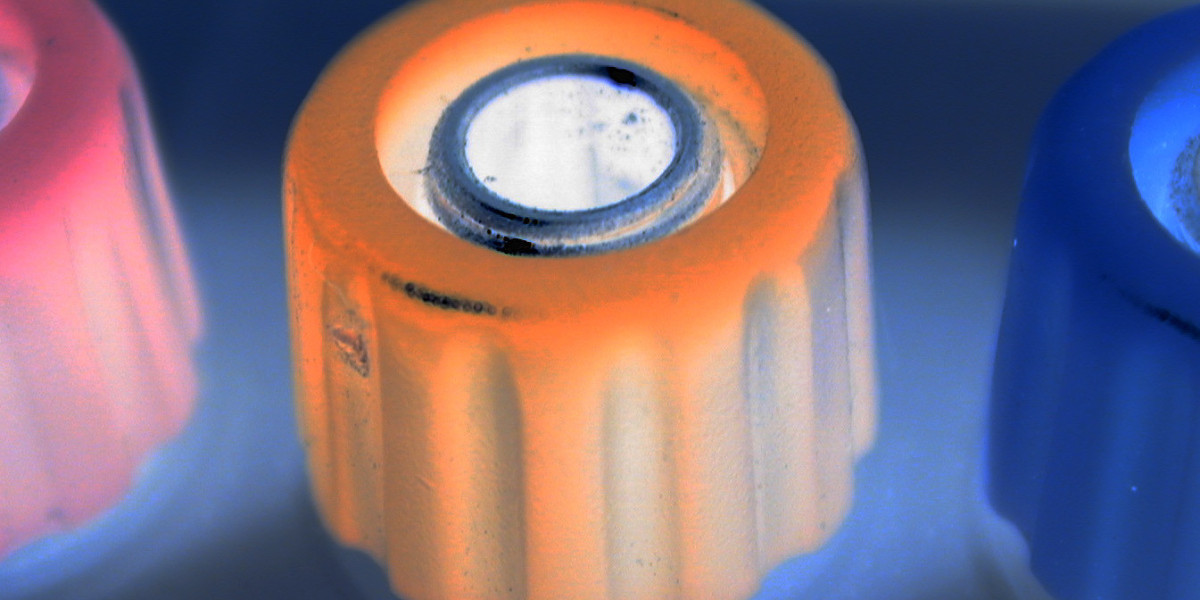The global Narew Air Defense Program Market is poised for significant growth in the coming years, driven by the increasing need for advanced short-to-medium range air defense solutions. As nations prioritize integrated air defense systems capable of countering evolving aerial threats, the Narew program stands at the forefront of defense modernization strategies. The market’s expansion is being shaped by growing defense budgets, cross-border security challenges, and rapid advancements in radar and missile technologies.
According to recent analyses, the market is expected to register substantial growth throughout the forecast period, with increasing demand for multi-layered air defense systems that provide flexibility, mobility, and interoperability. Governments are investing heavily in next-generation missile interception systems to address emerging threats from drones, cruise missiles, and precision-guided munitions.
The market landscape is further enhanced by the growing emphasis on indigenous defense production and strategic collaborations between technology providers and defense organizations. The Narew Air Defense Program Market, therefore, represents a vital component of national security modernization efforts across Europe, Asia-Pacific, and the Middle East.
Request a Sample Report:
https://researchintelo.com/request-sample/76825
Market Overview and Dynamics
The Narew Air Defense Program Market is characterized by a growing focus on network-centric warfare, where seamless communication between air defense systems, command centers, and radar networks is critical. The integration of artificial intelligence, automation, and digital targeting technologies is transforming how air defense systems detect, track, and neutralize airborne threats.
Key market dynamics include:
Increasing Global Defense Expenditure: Rising geopolitical tensions and border conflicts have led to significant defense spending across NATO and allied nations.
Technological Advancements: Innovations in radar detection, missile guidance, and sensor fusion are enhancing system accuracy and reducing response times.
Focus on Interoperability: Defense systems are being designed to integrate across platforms—land, sea, and air—to ensure operational efficiency.
These dynamics collectively support the upward trajectory of the Narew Air Defense Program Market, contributing to its strong potential through 2032.
Key Market Drivers
Several factors are fueling the growth of this market:
Surge in Aerial Threats: The proliferation of unmanned aerial vehicles (UAVs) and low-flying missiles has created an urgent need for responsive, mobile air defense systems.
Modernization of Defense Infrastructure: Many nations are replacing outdated missile systems with modular, scalable solutions aligned with modern warfare demands.
Collaborative Defense Initiatives: International defense collaborations and joint R&D efforts are strengthening the global air defense ecosystem.
Moreover, the adoption of open-architecture defense systems allows seamless upgrades and customization, making them adaptable to changing operational requirements.
View Full Report:
https://researchintelo.com/report/narew-air-defense-program-market
Market Restraints
Despite promising growth prospects, the market faces several challenges that could influence its trajectory. One major restraint is the high cost of development and deployment, as advanced radar, missile, and command systems require significant investment. Additionally, the complexity of integration with legacy systems poses operational difficulties for defense organizations transitioning to next-generation solutions.
Other limiting factors include:
Regulatory Barriers: Export restrictions and international arms control regulations can slow market expansion.
Technological Dependence: Overreliance on foreign technology partners may delay indigenous program timelines.
Training and Maintenance Costs: Sustaining high readiness levels requires continuous personnel training and infrastructure investment.
Nevertheless, advancements in modular design and digital twin simulation are expected to alleviate some of these challenges over time.
Emerging Opportunities
The future of the Narew Air Defense Program Market is shaped by innovation and evolving strategic defense objectives. Key opportunities include:
Integration with AI and Machine Learning: Predictive analytics for threat detection and response optimization.
Development of Mobile Air Defense Platforms: Enhancing battlefield agility and rapid deployment capabilities.
Increased Adoption Across Emerging Economies: Nations in Asia-Pacific, the Middle East, and Eastern Europe are rapidly expanding their defense infrastructure.
Cyber-Resilient Defense Systems: Growing emphasis on protecting defense networks against cyber threats.
As defense organizations seek agile, multi-mission systems, the Narew Air Defense Program is positioned to meet these strategic and technological demands.
Enquire Before Buying:
https://researchintelo.com/request-for-customization/76825
Regional Insights
The Narew Air Defense Program Market demonstrates strong growth across multiple regions:
Europe: Major investments in integrated air defense networks are driving European market expansion. The region’s focus on cooperative security initiatives and NATO interoperability supports this trend.
Asia-Pacific: Rising tensions in border zones and maritime regions have accelerated defense modernization programs, fueling demand for mobile missile systems.
Middle East & Africa: Heightened security risks and regional defense upgrades continue to propel procurement of modern air defense technologies.
North America: While mature, the market benefits from technological exports and joint development programs supporting allied nations.
Each region presents unique opportunities shaped by defense strategies, procurement priorities, and the adoption of advanced radar and missile technologies.
Market Outlook and Forecast
Based on industry assessments, the global Narew Air Defense Program Market is projected to achieve steady growth during the forecast period (2025–2032). The market’s expansion is expected to be underpinned by consistent government investments in modernization programs and increased R&D in precision defense systems.
Key growth indicators include:
Rising defense R&D budgets across NATO and allied nations
Rapid adoption of networked radar systems for multi-threat detection
Shift toward modular, mobile air defense solutions
Demand for AI-enabled, data-driven combat systems
The cumulative impact of these factors suggests sustained market expansion through the next decade, positioning the Narew Air Defense Program as a strategic enabler of modern national defense architectures.
Check Out the Report:
https://researchintelo.com/checkout/76825
Conclusion
The Narew Air Defense Program Market is emerging as a cornerstone of next-generation air defense strategies worldwide. Its focus on interoperability, automation, and rapid response capabilities reflects the global trend toward integrated defense systems capable of addressing diverse and evolving aerial threats. With growing government support, technological advancement, and international collaboration, the market is expected to maintain robust growth through 2032.
For defense analysts, policymakers, and industry stakeholders, understanding the evolution of the Narew Air Defense Program Market is essential for strategic decision-making in the ever-changing global defense landscape.








